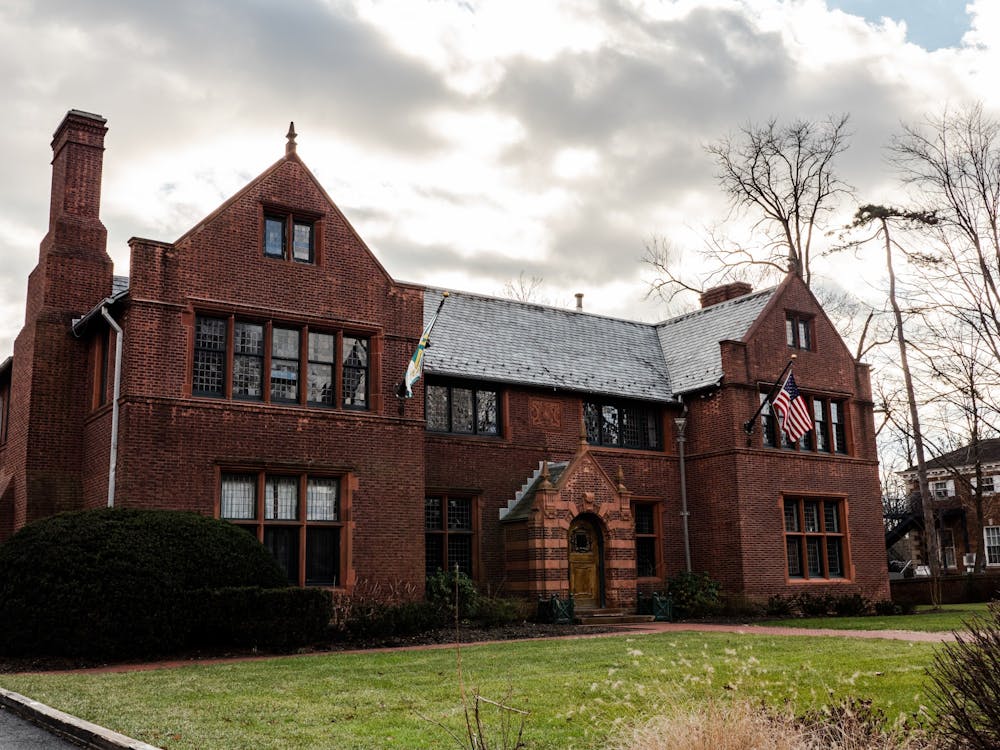Here at Princeton, our eating clubs have big secrets. Buried deep in the records of the eating clubs are their demographics — which these clubs have avoided releasing. Other writers have argued that the eating clubs are elitist — with the most egregious example, Ivy, using socioeconomic markers such as one’s high school or parentage to make decisions, according to bicker cards leaked in 2017.
But without comprehensive data, it’s been difficult to hold these clubs accountable — it’s hard to challenge inequities without statistics. At the same time, a lack of information limits students’ freedom to make informed choices about which eating club to join. To solve these problems, eating clubs should report their demographics, alongside written descriptions about patterns in these demographics.
Not a single club reports their demographic data. However, in 2018, the University announced that eating club presidents have access to this data. I suspect that a major reason for this is the fact that, well, eating clubs are not diverse — the ‘Prince’ 2024 Senior Survey shows concerning estimates.
This is worse for some clubs than others: from crosstabs data, about 75 percent of Tiger Inn identifies as only white (compared to half of respondents in general). However, a lack of racial representation is a problem for eating clubs in general — while around 80 percent of white students are in eating clubs, a mere 57.5 percent of Black students are.
The economic data is disastrous as well, according to our numbers. Households with annual incomes over 500 thousand dollars are in the top 2 percent of the American population. For seniors who weren’t in a club, around 5 percent are from these households. For seniors in general, this number was 12 percent. For seniors in Ivy Club, this was a whopping 39 percent.
These are estimates, of course. The Senior Survey samples consist of about a third of each clubs’ graduating class. In addition, there may be some selection bias. But if an eating club disagrees with this data, it should feel free to publish its own demographic information.
Alongside statistics, clubs such as TI and Ivy should publish written statements to explain why their demographics are so different from the University average. This process of self-evaluation is essential in keeping these clubs accountable. The awkwardness of defending certain statistics could convince clubs to admit in a more equitable manner.
In selecting an eating club, students have a legitimate interest in joining a diverse group. After all, people want to work in diverse workplaces and live in a diverse nation. More information cannot hurt — it would allow people to make the most educated choices possible. Most Princetonians wish this information was available — in 2016, 69 percent of undergraduates voted in favor of a USG referendum to release demographics.
But the Interclub Council (ICC), consisting of the eating club presidents, refused, claiming at the time that demographics are private, personal information. This makes no sense. There are around 200 students in each club — it is impossible to make conclusions about individual members from demographic information.
It’s been almost a decade since then, and this referendum has died. It is time to revive this proposal — this time, from the bottom up. As students, we have much more bargaining power than we often realize.
There is an impressive record of successful, student-led movements to influence reforms on the Street. At the start of the 1900s, a substantial portion of students who sought to join an eating club were not given a spot at a single club. Due to the elitist nature of bicker, this impacted ethnic and religious minorities the most.
In response, students organized. In 1949, around 80 percent of Princeton sophomores signed a petition to not bicker unless all students got a bid — and they were successful.

In the fall of 2025, we can start a similar petition to reject clubs that are not transparent about their demographics. Of course, it would be rather difficult to gather 80% of the sophomores — but even a smaller protest could swing some clubs towards releasing their information. In particular, clubs with diverse demographics, such as Quad, could have a lot to gain from implementing such a change.
Change can happen from within, too. Members of an eating club, who feel compelled to make their clubs more diverse, should push their clubs to publish demographic information. At the least, eating clubs should hold internal referenda about whether or not to publish demographic data — I suspect some of the more progressive clubs would support such a proposal.
When our institutions, whether the USG or the ICC, fail to look out for us, we have the chance to make changes for our own sake. That is the nature of the democratic process — empowering the people. The Street is the center of Princeton's social life, and as a result, we all have a stake in this matter. The eating clubs should say who sits at the table.
Raf Basas (he/him/his) is a first-year Opinion columnist from Elk Grove, Calif. intending to major in English, Politics, or SPIA. He can be reached at rb4078[at]princeton.edu or @raf.basas on Instagram. His column, “Out of the Ivory Tower,” runs every two weeks on Tuesday. All of his columns can be read here.








